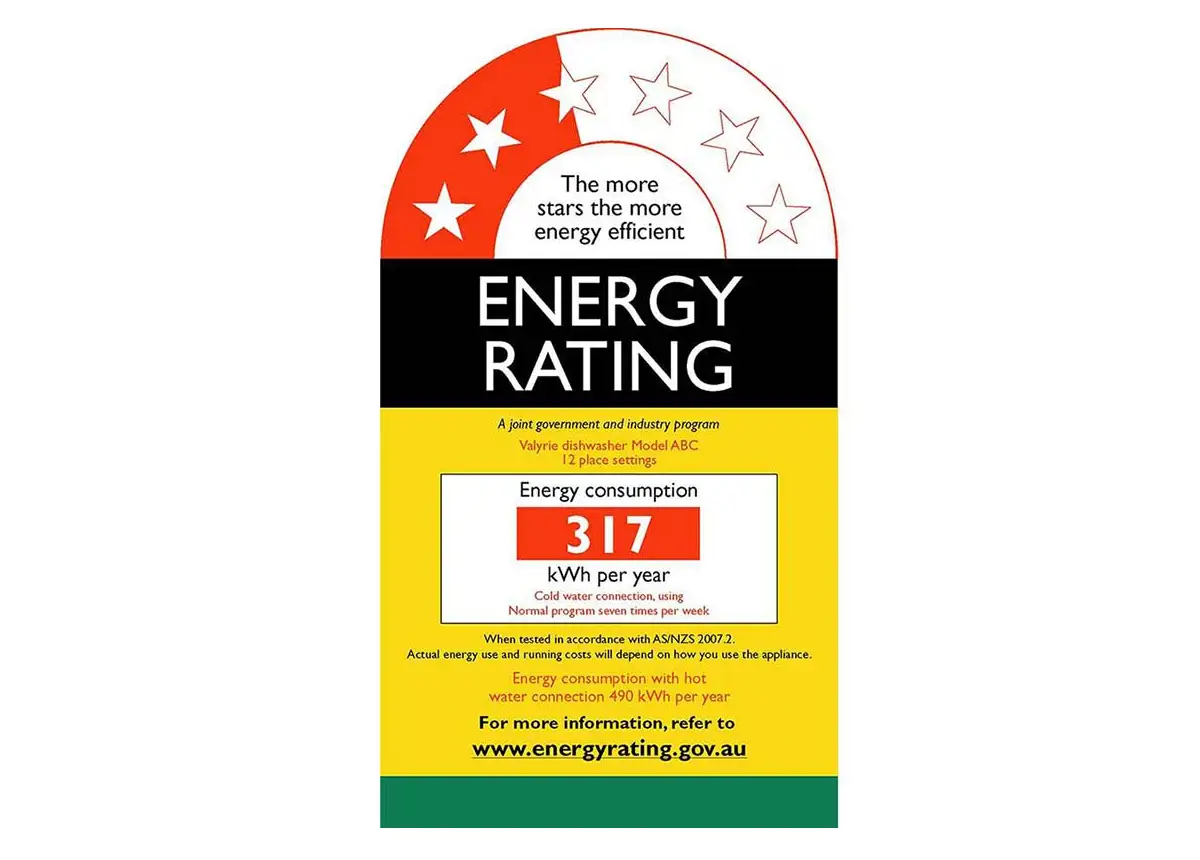More efficient home appliances help you to use less energy and cut your monthly power costs. Learn how to compare products and make a good decision within your budget.
Why switch to more efficient appliances?
Using more efficient appliances is one of the easiest ways to keep your home energy costs down.
- Big hitter — After heating and hot water, your other home appliances make up the remainder of your energy use. That means switching them for more efficient models can really make a big impact.
- Immediate savings — Your monthly energy bills are an immediate way to monitor what you’re saving when you make the switch to a less power-hungry appliance.
- Long-term savings — When you buy a more efficient appliance, the savings add up over the life of the product. This often balances out the in-store savings of buying a cheaper, less efficient model.
On this page
Find energy efficient appliances
To get the best return on your investment, look for appliances with the highest energy efficiency ratings that you can afford. Also consider which size or additional energy savings features will work best for your home.
-
LED lighting
Select a more efficient and longer-lasting option for lighting your home.
-
Fridges and freezers
Choose a fridge or freezer that will save you money and reduce your energy use.
-
Dishwashers
Find out what to look for in a dishwasher and get tips for using it efficiently.
-
Washing machines
Save money and energy with a better, more efficient washing machine.
-
Clothes dryers
Know what to look for when shopping for a more efficient clothes dryer.
-
TVs, monitors and home entertainment
Get tips on choosing and using screens to save energy and emissions.
Compare appliances
The efficient appliance calculator makes it easy to find the most energy-efficient and cost-effective appliances to suit your needs.
Browse and filter products to create a shortlist and compare your options.
Understand Energy Rating Labels
These labels help you to compare the efficiency and running costs of similar appliances.
Check the numbers of stars
The stars on the Energy Rating Label show you at a glance how energy efficient an appliance is.
That makes it easy to compare appliances that are the same size and type — such as two 8kg clothes dryers.
Look at the energy consumption number
The energy consumption number tells you how much electricity the appliance is likely to use in a year. You can use this number to calculate how much the appliance will cost to run.
To work out the costs, check your power bill to see how much you pay per kilowatt hour (kWh) for electricity. If you don’t have a power bill handy you can use the national average (30c per kWh).
For example, if the appliance has an energy consumption of 180 kWh per year, and you’re paying 30c per kWh, it will cost approximately $54 per year to run that appliance (180 x 0.30 = 54).

Can’t see a label?
If you don’t see an Energy Rating Label on a display model in store, ask the retailer. Legally, the retailer must display them on regulated appliances. (Note that high performance monitors are not regulated and therefore don’t have Energy Rating Labels).
On a retailer’s website, the label itself may not be displayed, but you should be able to find the star rating and energy consumption information in the product description or specifications. You can also find this information on our efficient appliance calculator.
The impact of efficient appliances
Using electricity more efficiently means you are using less energy and saving money on your power bill. This allows our country’s renewable energy sources to go further, and frees up capacity in the electricity system.
In the year ended March 2025, regulation of appliances in New Zealand has saved businesses and consumers 1.48 PJ of energy. That’s equivalent to the yearly energy use of 35,000 homes and adds up to $36 million in national benefit.
Disposing of old appliances
You can expect most major appliances to last about 10 years, or 8 years for televisions.
When it’s time to pull the plug, search for a disposal service that will extract any parts that can be recycled or need careful handling. This is especially important for fridges and freezers and heat pumps — they contain greenhouse gases that need to be properly recovered for future use or proper disposal.
-
Buying secondhand
Secondhand appliances are not required to display a label, but you can check the energy rating of many products up to 5 years old on the Australian Government Energy Rating website.
Bear in mind that the energy performance of an older product may not match what it says on the label, due to wear.
-
Water efficiency labels
Clothes washers and dishwashers show Water Efficiency Labels as well as Energy Efficiency Labels.
Products with better water efficiency use less water, which means it also takes less energy to heat that water.


